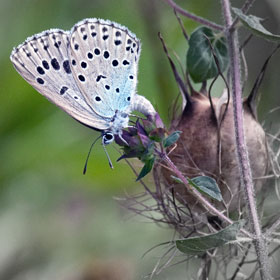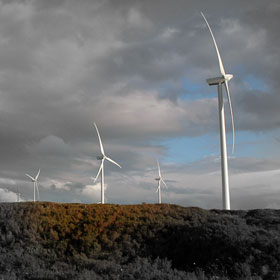Alba Ecology Wins Neil Findlay Trophy

We are proud to announce that Alba Ecology's conservation work on pearl mussels and forestry has been recognised by the Scottish forestry sector’s awards, winning the prestigious the Neil Findlay Trophy. We are equally delighted that Alba Ecology have also been highly commended at the CIEEM 2018 awards for our work on forestry management and pearl mussels under the auspices of our 'Mollusc of the Glen' project. In more news we have recently been discussing and advising Mairi Gougeon, Scotland's Minister for Rural Affairs and the Natural Environment about wildlife crime and pearl mussel conservation.
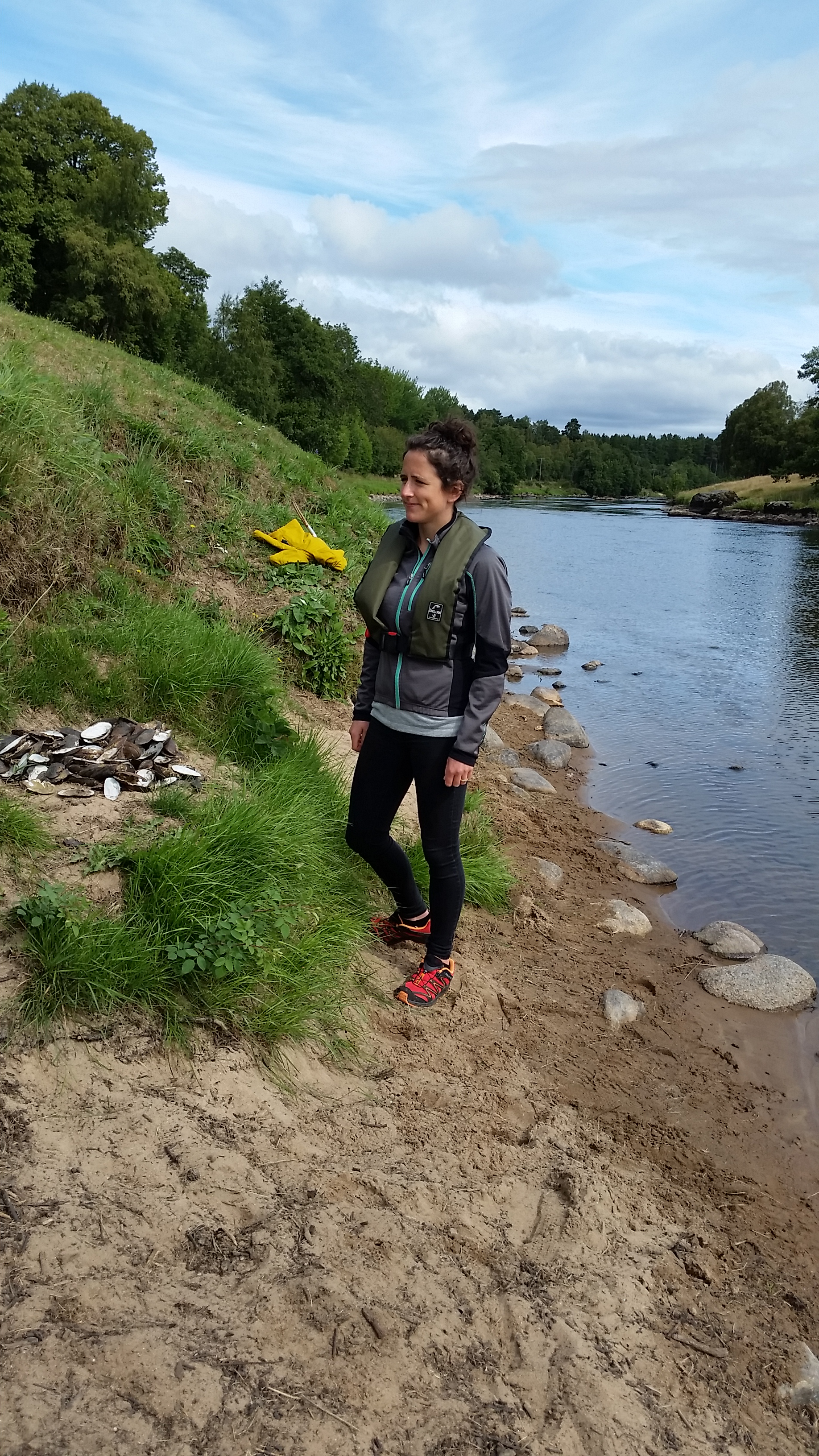








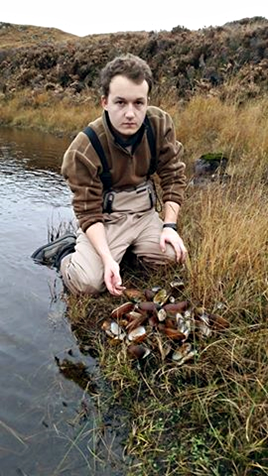
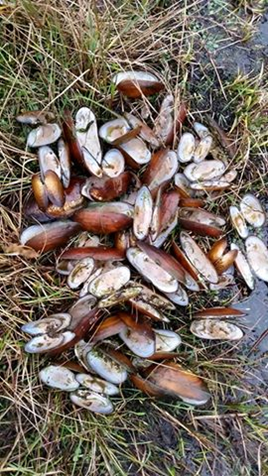

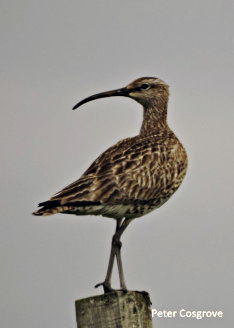
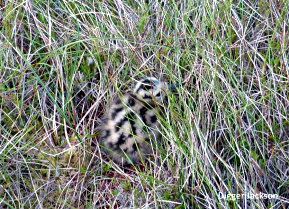
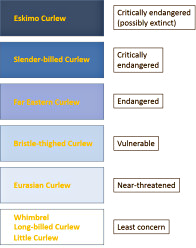
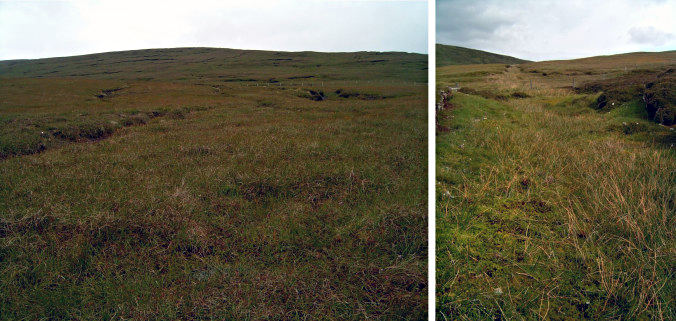 Grazed heather areas (left) are favoured by feeding and nesting adults, while chicks prefer wet flashes (right). Photos: Peter Cosgrove
Grazed heather areas (left) are favoured by feeding and nesting adults, while chicks prefer wet flashes (right). Photos: Peter Cosgrove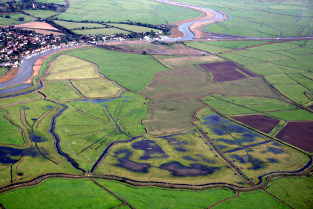 Shallow ditches increase Lapwing productivity: Mike Page/RSPB
Shallow ditches increase Lapwing productivity: Mike Page/RSPB